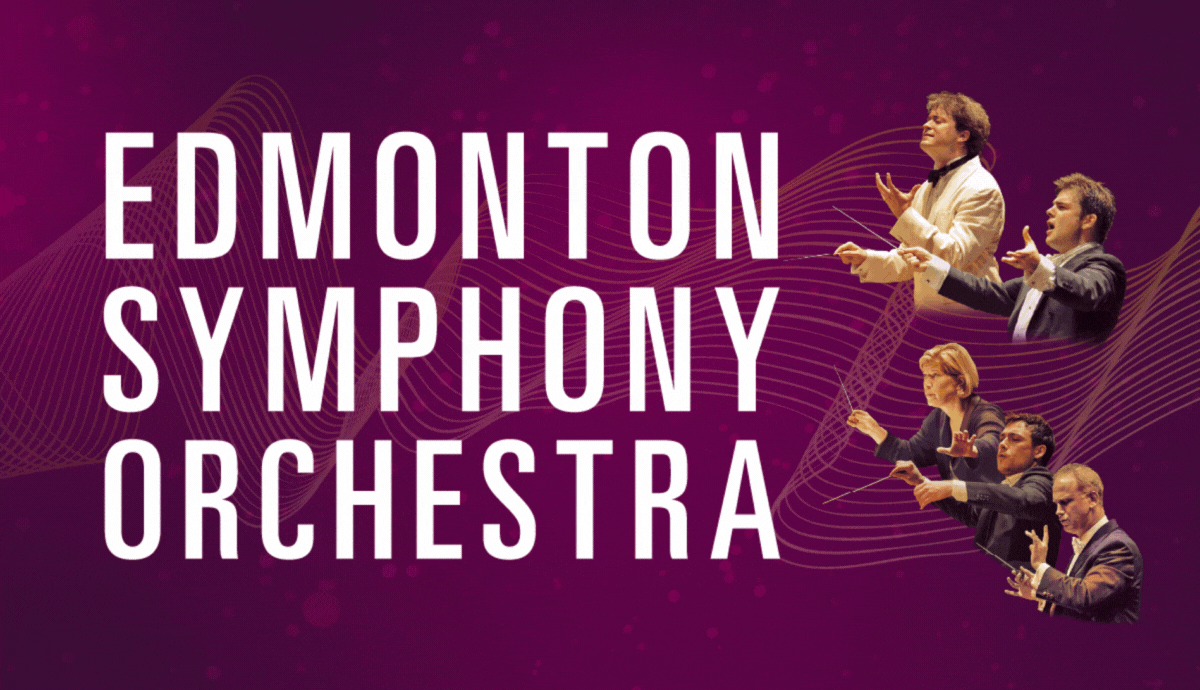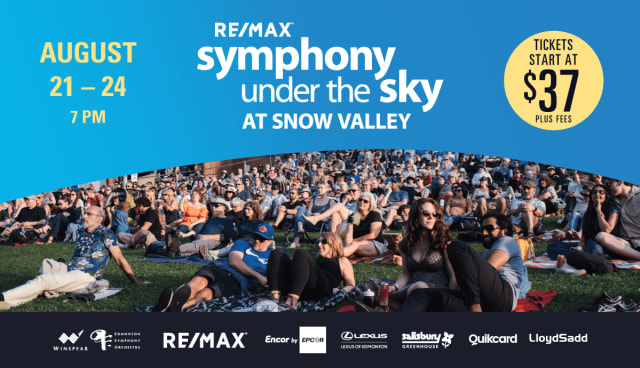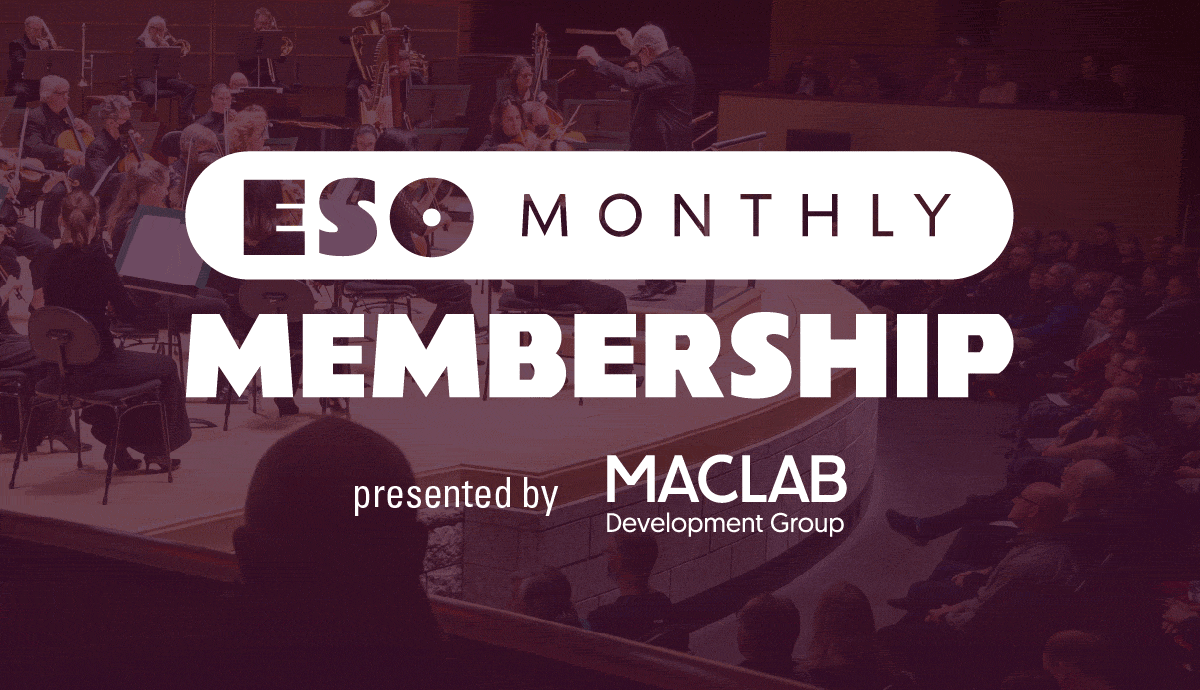Instrument Exploration: The Story of the Horn
November 30, 2023

By D.T. Baker
“If you can just barely hear the French horns on stage, the balance is perfect.”
That would seem a cruel thrust, especially coming from one of the most famous conductors who ever lived – Richard Strauss. Mind you, his father was one of the most celebrated horn players who ever lived, so maybe there were some daddy issues involved. The stories connected with the horn, and music written for it, occupy a special place in musical legacy. And as the Edmonton Symphony Orchestra prepares to present what is probably the most famous horn concerto ever written after an absence of almost 18 years from the Winspear stage, it’s worth checking up on a few of them.
It will surprise no one to learn that the first horns were horns – actual animal horns, through which earlier version of civilized humans learned that distinct noises could be made with the proper amount of breath. The horn’s association with the outdoors is honestly come by, though once it became possible to create brass instruments which could, by means of extending the tubing and enlarging the bell, play the harmonic series of notes, it joined its gentrified brethren. Coiling the brass allowed for more tubing which, through the skill of a player’s breath control and lip position (“embouchure”) to access even more notes.
Still, for quite some time after the horn and its players were allowed indoors, its range was somewhat limited. Then some extremely clever player(s) discovered that, by jamming one’s hand into the bell, the range of pitches could be increased dramatically, and the horn became a viable instrument not only for grand orchestral participation, but as a solo instrument in its own right. The French were particularly noted for horns made by them, which is how the term “French horn” came into common usage. These days, just “horn” is more widely used.
Enter Joseph Leutgeb (1732-1811), perhaps the most celebrated horn player until the dawn of the modern era. Leutgeb was called by American musicologist Daniel Heartz, “the most prominent horn soloist in Vienna, and evidently one of the best received players on any solo instrument.” Dittersdorf, Hoffman, and Michael Haydn all wrote concertos for him. Josef Haydn’s wife was godmother to one of Leutgeb’s children – and he was cherished by young Wolfgang Mozart, who was 24 years younger than Leutgeb, but counted him among his dearest friends.
To be a musician friend of Mozart meant, among other things, that two absolutes existed. One, you would be the object of merciless teasing and practical jokes, and two – some of the most divine music would be written for you. Mozart completed three horn concertos, and a fourth was later completed by Franz Süssmayr, Mozart’s pupil. There are fragments and movements of other works for horn, and it would appear that all of them were written for Leutgeb.
In our time, there are musicians brave enough (some might substitute the word “insane”) to take on Mozart’s works for Leutgeb on reproductions of the horn Leutgeb would have used. Seven years after Leutgeb’s death, the first valved horn was patented, and the horn started to take on the shape, and the sonic possibilities, it has today. Still, Mozart’s concertos are daunting works even on today’s instruments – which says something about how extraordinary a musician Leutgeb must have been.
The Mozart horn concerto we know as the fourth was actually the second one he wrote. Like the others, it was written in E-flat Major, the key which allowed the unvalved, “natural” horn its greatest musical autonomy. On Thursday, February 8 and Saturday, February 10, the Edmonton Symphony Orchestra will feature the concerto on a program that also features the ESO debut of young Australian conductor Jessica Cottis. The soloist for the Mozart concerto will be the ESO’s Principal Horn, Allene Hackleman.
Like Richard Strauss mentioned above, Allene is the child of a celebrated horn player. Martin Hackleman was, for many years, the hornist of the Canadian Brass. Unlike Strauss, the younger Hackleman was inspired, not deterred, by childhood exposure to the horn, and has been Principal Horn of the ESO since 2004 (OK, in fairness, Richard Strauss did, in fact, write two of the finest horn concertos ever composed, so “deterred” is a bit strong). Aside from her impeccable work from the back row of the ESO, Ms. Hackleman has been a soloist on numerous occasions. A personal remembered highlight is of her magical performance in Britten’s Serenade for Tenor, Horn and Strings in April 2009. Edmonton composer John McPherson, himself a brass player (he has been the ESO’s Principal Trombone since Mozart was alive, or close to it) wrote a concerto for two horns, specifically to showcase the talents of Hackleman and ESO Assistant Principal Horn Megan Evans.
Why Mozart’s Fourth Concerto holds the place in the repertoire it does is subject to some speculation, but certainly its jaunty, cantering final movement’s famous melody has a lot to do with that. Dozens of recordings of the concerto are still extant, and even a handful of period instrument performances are not hard to find. Those of us old enough to remember the English comedy duo Flanders and Swann might recall the (very funny) words they set this movement to in a song called “Ill Wind.”
“… you never eyeball a horn player,” says one of today’s most famous conductors, Simon Rattle. “That's one of the real rules. You just don't. They're stuntmen. You don't eyeball stuntmen just before they're about to go near death.” Amusing hyperbole, of course, but the horn, whether standing out front as a soloist or adding its magnificent rich warmth to the orchestral sound, is exposed – you can’t miss it. So don’t miss your chance to hear an extraordinary player present one of the horn’s finest showcases.
Don’t miss Mozart’s Horn Concerto No. 4 at the ESO’s performance Mozart & Mendelssohn on Feb 8 & 10. Tickets start at $28 and are available online or by calling the Box Office at 780.428.1414.


